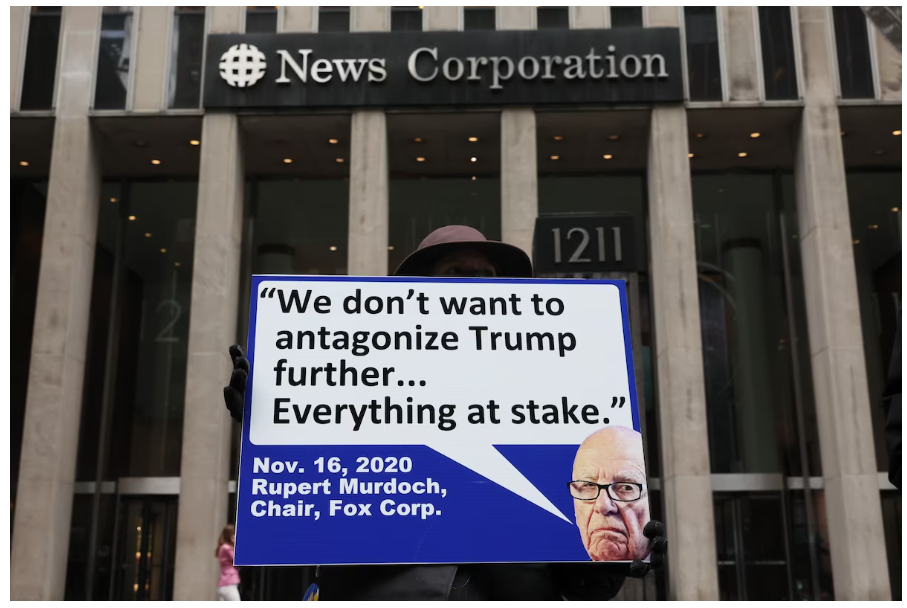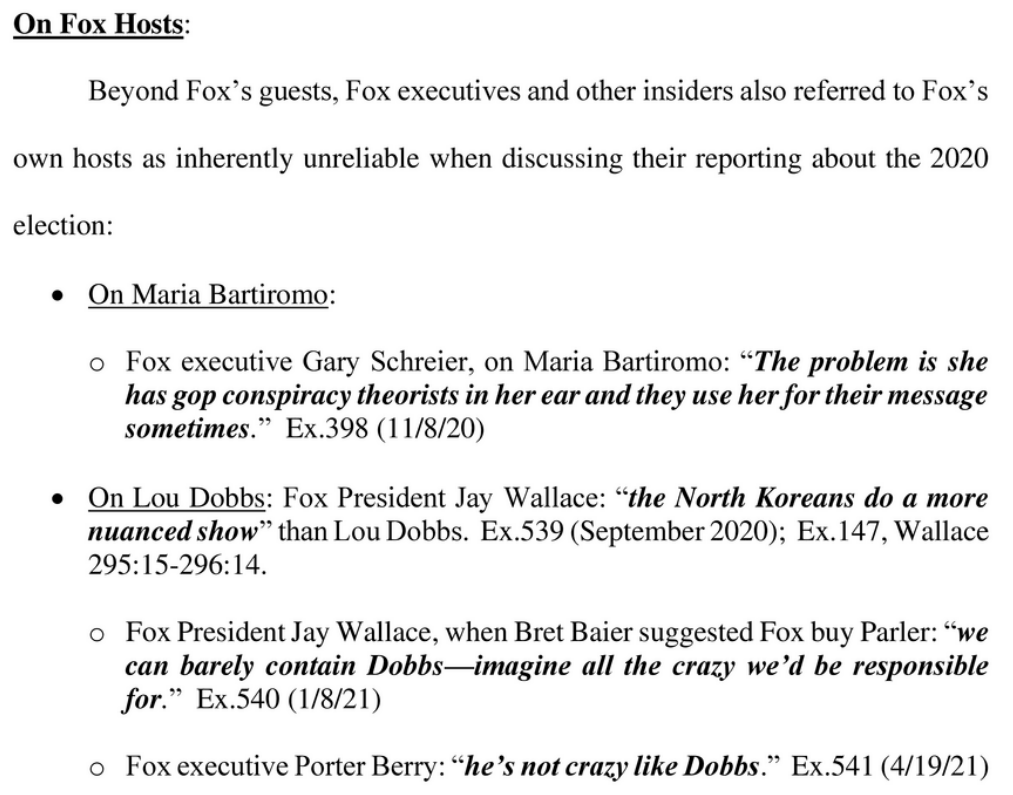While studying black holes, Masahiro Hotta came to suspect that an exotic occurrence in quantum theory — negative energy — could be the key to measuring entanglement. Black holes shrink by emitting radiation entangled with their interiors, a process that can also be viewed as the black hole swallowing dollops of negative energy. Hotta noted that negative energy and entanglement appeared to be intimately related. To strengthen his case, he set out to prove that negative energy — like entanglement — could not be created through independent actions at distinct locations.
Hotta found, to his surprise, that a simple sequence of events could, in fact, induce the quantum vacuum to go negative — giving up energy it didn’t appear to have.
Now in the past year, researchers have teleported energy across microscopic distances in two separate quantum devices, vindicating Hotta’s theory. The research leaves little room for doubt that energy teleportation is a genuine quantum phenomenon.
“This really does test it,” said Seth Lloyd, a quantum physicist at the Massachusetts Institute of Technology who was not involved in the research. “You are actually teleporting. You are extracting energy.”
The trouble arises from the bizarre nature of the quantum vacuum, which is a peculiar type of nothing that comes dangerously close to resembling a something. The uncertainty principle forbids any quantum system from settling down into a perfectly quiet state of exactly zero energy. As a result, even the vacuum must always crackle with fluctuations in the quantum fields that fill it. These never-ending fluctuations imbue every field with some minimum amount of energy, known as the zero-point energy.
Hotta’s publication was met with crickets. Machines that exploit the zero-point energy of the vacuum are a mainstay of science fiction, and his procedure rankled physicists tired of fielding crackpot proposals for such devices. But Hotta felt certain he was onto something, and he continued to develop his idea and promote it in talks. He received further encouragement from William Unruh, who had gained prominence for discovering another odd vacuum behavior.
“This kind of stuff is almost second nature to me,” Unruh said, “that you can do strange things with quantum mechanics.”
The first practical application of this has been used to cool a carbon atom (named Bob) in a quantum computer by transferring negative energy from Bob to another nearby carbon atom (named Alice). This was done to make qubits, Bobs, in a quantum computer super cold by teleporting negative energy from Bob (cooling Bob down), thereby warming up Alice outside the computer. Cold qubits are reliable qubits, the colder the better. We all want lots of cold Bobs and warm Alices. Right? Right.
Mexican lawmakers passed sweeping measures overhauling the nation’s electoral agency on Wednesday, dealing a blow to the institution that oversees voting and that helped push the country away from one-party rule two decades ago.
The changes, which will cut the electoral agency’s staff, diminish its autonomy and limit its ability to punish politicians for breaking electoral laws, are the most significant in a series of moves by the Mexican president to undermine the country’s fragile institutions — part of a pattern of challenges to democratic norms across the Western Hemisphere.
Now, another test looms: The Supreme Court, which has increasingly become a target of the president’s ire, is expected to hear a challenge to the measures in the coming months.
If the changes stand, electoral officials say it will become difficult to carry out free and fair elections — including in a crucial presidential contest next year.
In Sharing Video With Fox Host, McCarthy Hits Rewind on Jan. 6
In granting exclusive access to Jan. 6 Capitol surveillance footage to a cable news host bent on rewriting the history of the attack, the speaker effectively outsourced a politically toxic re-litigation of the riotThe most conservative Republican members of Congress — many of whom have worked to downplay or deny the reality of the Jan. 6 attack — have been pushing Mr. McCarthy for weeks to release the video after he promised to do so during his campaign for speaker.
That is where Mr. Carlson comes in.
“I promised,” Mr. McCarthy said on Wednesday in a brief phone interview in which he defended his decision to grant Mr. Carlson exclusive access to the more than 40,000 hours of security footage. “I was asked in the press about these tapes, and I said they do belong to the American public. I think sunshine lets everybody make their own judgment.”
Still, the sunshine Mr. McCarthy referred to will, for now, be filtered through a very specific prism — that of Mr. Carlson, a hero of the hard right who has insinuated without evidence that the Jan. 6 attack was a “false flag” operation carried out by the government.
“By handpicking Tucker Carlson, Speaker McCarthy laid bare that this sham is simply about pandering to MAGA election deniers, not the truth,” Mr. Schumer wrote. “Tucker Carlson has no fidelity to the truth or facts and has used his platform to promote the Big Lie, distort reality and espouse bogus conspiracy theories about Jan. 6.”
Under New York Times v. Sullivan, a 1964 Supreme Court ruling that has guided libel and defamation claims for nearly 60 years, a plaintiff like Dominion must show that a defendant like Fox published false statements with “actual malice” — meaning that it was done “with knowledge that it was false or with reckless disregard of whether it was false or not.”
Based on the messages revealed last week, “I think that Dominion both will and should prevail,” said Laurence Tribe, a former Harvard law professor. “If anything, the landmark this case is likely to establish will help show that New York Times v. Sullivan” is not an impossible legal hurdle to clear, as some critics have claimed.
Fox’s attempt to defend itself with Sullivan notably clashes with efforts by some prominent conservatives to undo the ruling. Trump has said numerous times it should be easier for people to claim libel against the news media. Florida Gov. Ron DeSantis (R) has backed state legislation to do just that. Supreme Court justices Clarence Thomas and Neil M. Gorsuch have also suggested the Sullivan standard should be revisited.
The “actual malice” standard makes it hard to win defamation lawsuits because of the difficulty in demonstrating a reporter or publisher‘s state of mind before publication. It places the burden on the plaintiff to prove that the reporter was not simply just wrong, but knew it and proceeded regardless.








